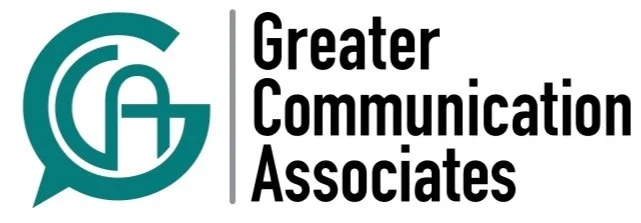Mastering Vowel Sounds: A Guide from a Speech Language Pathologist
Welcome to my blog! I'm excited to share some insights and strategies on how to effectively teach vowel sounds.
As a speech language pathologist, I've had the privilege of working with individuals of all ages to improve their communication skills, and mastering vowel sounds is a crucial step in achieving clear and confident speech.
Let's dive into some tips and techniques that can help make learning vowel sounds engaging and successful.
Understand the Basics: Before diving into teaching vowel sounds, it's essential to have a solid understanding of the basic anatomy and physiology of speech production. Knowing how vowels are produced, including the positioning of the tongue, lips, and jaw, will inform your teaching approach and help you effectively guide your students.
Start with the Foundations: Begin by teaching the five basic vowel sounds: /a/, /e/, /i/, /o/, and /u/. These are known as short vowels and are a great starting point for learners. Use visual aids such as charts or diagrams to illustrate the mouth and tongue positions for each vowel sound. Encourage students to mimic these positions and produce the sounds themselves.
Provide Visual and Auditory Cues: Incorporate visual and auditory cues to help students associate each vowel sound with its corresponding letter and sound symbol. For example, you can use flashcards with pictures of objects that start with each vowel sound and practice saying the word aloud together. Additionally, utilize auditory cues such as rhymes and word families to reinforce vowel sound recognition.
Practice, Practice, Practice: Repetition is key when learning vowel sounds. Provide ample opportunities for students to practice producing each vowel sound in isolation, as well as in words, phrases, and sentences. Engage in activities like tongue twisters, word games, and reading exercises that focus on specific vowel sounds to keep practice sessions fun and interactive.
Use Multi-Sensory Approaches: Incorporate multi-sensory approaches to cater to different learning styles. For visual learners, use colorful visuals and diagrams to illustrate vowel sound production. For auditory learners, provide plenty of listening activities and opportunities to hear and mimic vowel sounds. And for kinesthetic learners, incorporate tactile activities such as using manipulatives or engaging in mouth movement exercises to reinforce vowel sound production.
Provide Feedback and Reinforcement: Offer constructive feedback and positive reinforcement during practice sessions. Praise students for their efforts and progress, and gently correct any errors in vowel sound production. Encourage students to self-monitor their speech and provide opportunities for them to practice independently.
Individualize Instruction: Recognize that each student may have different strengths and challenges when it comes to learning vowel sounds. Tailor your instruction to meet the individual needs of each student, and be prepared to adjust your teaching strategies as needed. Provide additional support and resources for students who may be struggling, and challenge those who are ready to progress to more advanced vowel sound concepts.
Mastering vowel sounds is an essential skill for clear and confident speech. As a speech language pathologist, incorporating a variety of strategies and approaches can help make learning vowel sounds engaging and effective for students of all ages.
By understanding the basics, providing visual and auditory cues, practicing regularly, using multi-sensory approaches, providing feedback and reinforcement, and individualizing instruction, you can help your students become proficient in producing vowel sounds and improve their overall communication skills.
Remember to make learning fun and interactive, and celebrate each step of progress along the way!
I hope you found these tips helpful! If you have any questions or would like to share your own experiences teaching vowel sounds, feel free to leave a comment below. Happy teaching!
